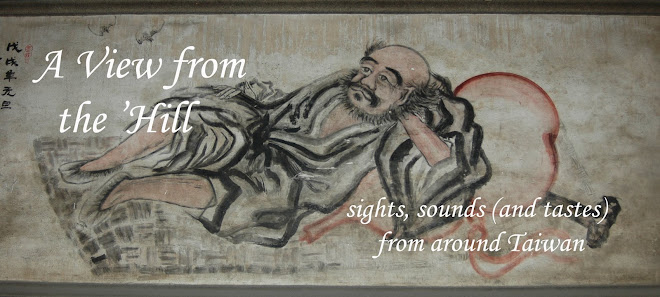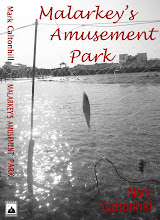Deal with road safety rather than dispute reputation
More than two millennia ago, the story goes, King Hui of Liang asked Meng Ke for advice about ruling his people. Master Meng, being the philosopher now known in the West as Mencius, answered by way of analogy. Two soldiers, he said, were fleeing from the front line of a battle; one of them stopped after running 50 paces, the other not until he had run 100 paces. The first to stop mocked the other for being scared and deserting the battle formation.
A similar situation occurred in Taiwan last week, when two transportation officials locked horns over whether the R.O.C.'s traffic-accident statistics meant the island's roads were the most dangerous in the world or simply among the most dangerous in the world.
Their disagreement arose at the end of a tragic month of local transportation accidents. Three weeks ago, seven people died and 21 were injured when a bus collided with a truck in Kaohsiung County. A week later, four more people died in Changhua County when another bus crashed into thirteen cars “like a bowling ball into pins.” Then just a few days ago, AIT Director William Stanton described eating beef from the United States as being “safer than riding a motorcycle in Taiwan.” All of which seem to have precipitated the spat between officials of the Road Traffic Safety Commission and the Ministry of Transportation and Communication.
But the truth is that with around 50 people dying on Taiwan's roads every week, public officials should focus more of their efforts on finding ways to lower this figure rather than worrying about what the figure does to Taiwan's international reputation. Traffic accidents can be reduced in a number of ways. The first is simply by lowering the volume of traffic on the island's roads. This requires cutting the number of non-essential journeys made by car or motorcycle, and shifting essential journeys to public transportation, bicycles and foot. Effecting these changes will require a shift in attitude by the general public, and firm resolve by policy makers. This resolve will certainly need to be firmer than that shown by Premier Wu recently when, within 24 hours of the Cabinet's Tax Reform Committee reaching a consensus on introducing a “green tax” on gasoline and other energy sources that will start in 2011 and increase in small increments over ten years, he bowed to public pressure and claimed that no such timetable had been arranged.
Without becoming sidetracked, it is worth noting, however, that various initiatives to combat climate change - moving from private to public transportation, traveling at slower speeds, green taxes, government encouragement and incentives for drivers to abandon gas-powered vehicles for bicycles -can also help with prevention of traffic accidents.
A second method requires improving roads and related facilities to make accidents less common, but this would also entail the use of mechanisms to slow vehicles down, particularly in accident-prone areas.
More stringent annual inspections of vehicles -that at present can take as little as a few minutes and see very few vehicles fail -would prevent less-than-roadworthy cars, trucks and motorcycles from endangering innocent lives.
Similarly, requirements that drivers upgrade their motoring skills are being mulled by some lawmakers, particularly drivers of buses and heavy-goods vehicles, just as there are already such regulations for those transporting hazardous materials.
At a more basic level, there are calls for learner drivers to practice and take their tests on real roads under actual driving conditions, rather than on the artificial conditions on the empty lots used at present.
But ultimately, what is most needed is a change of attitude in Taiwan's drivers, from the “might is right,” “first come first goes” and “time is money” mentality prevalent at the present.
Unfortunately, such a sea change in mindset will probably need more sticks than carrots, including adoption of stricter and more frequently enforced traffic regulations. Currently around 3 million tickets are issued for traffic violations each year; an amount that comes up to almost 8,000 per day. But this is merely the tip of the iceberg, and many drivers think the chance of being caught jumping a red light, parking illegally, or driving after drinking alcohol is no big deal, not to mention such widespread actions as changing lanes without flashing indicator lights, using horns for other purposes than preventing collisions, or cutting in from a side lane by impeding the motion of other vehicles -the sort of behavior that everyone disapproves of but a great many people do. It is with this in mind that one idea being run up the flagpole is the rewarding of citizens for presenting photographic evidence of other drivers' transgressions.
In short, drivers need to learn to respect each other, respect pedestrians, and to respect life in general. Hopefully, by adopting the above measures, Taiwan will soon be able to tell future AIT directors, “it is perfectly safe for you to ride a motorcycle here in Taiwan.”




No comments:
Post a Comment